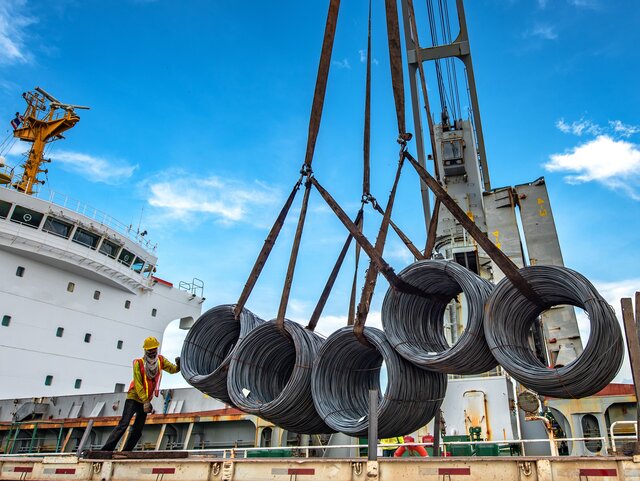The transportation of corrosive cargoes or steel products at sea is not without its challenges.
Due to the environment in which these cargoes are transported, corrosion damage can be surprisingly common.
The most common causes for this corrosion damage include:
- Sea water impact - where cargo is damaged due to leaking hatch covers or improperly closed openings
- Condensation - fluctuations in temperature and humidity during transport can lead to formation of condensation, and by extension, corrosion
- Rain water impact - in instances where tarpaulin is in contact with the cargo, corrosion can occur
- Contaminants - salts, hygroscopic dust and other contaminants may be present in the hold, causing corrosion of the cargo
These factors and more can lead to issues around the transportation of corrosive cargoes and steel products.
Brookes Bell’s team of metallurgists is able to advise on the precautionary measures you can take to prevent damage to these cargoes, including:
- The use of solvent, water, oil or wax-based corrosion protection agents
- The creation of barriers through the use of watertight materials such as sealed poly films or aluminium-compound foils (in combination with carefully-selected desiccants)
- The use of volatile corrosion inhibitor (VCI) material which releases an active protective agent once the cargo/product has been packaged
- Passive protection, involving the separation of metal cargoes from corrosive agents
For more information and advice on the transportation of corrosive cargoes and/or steel products, contact Brookes Bell today.

